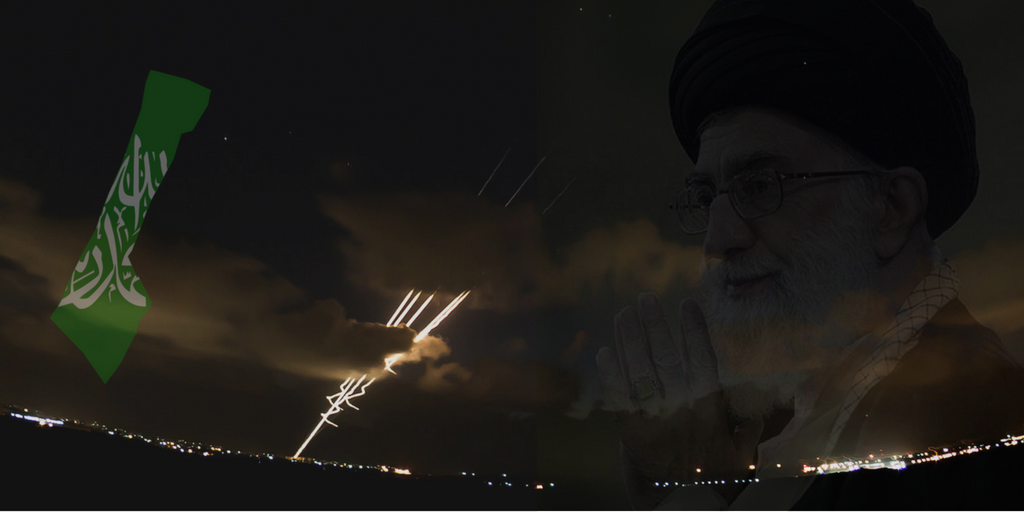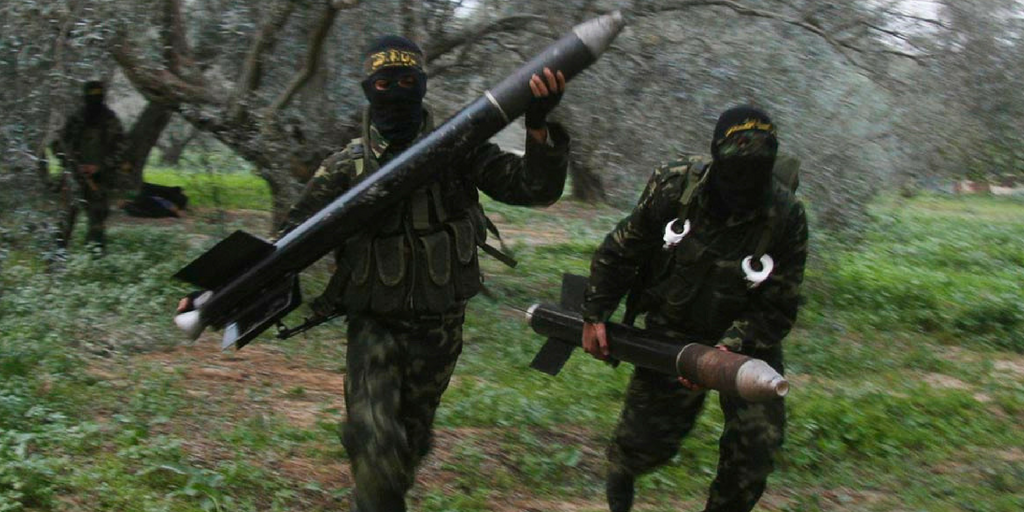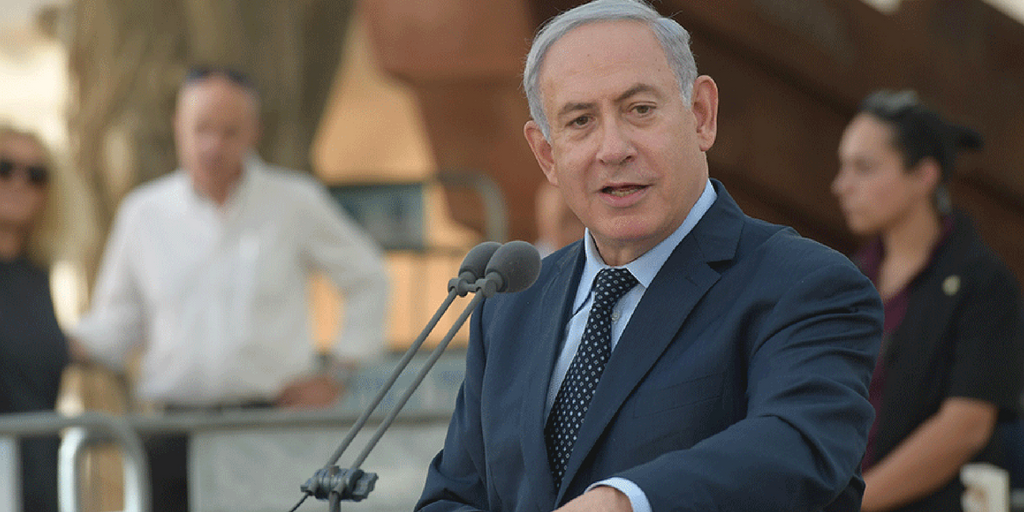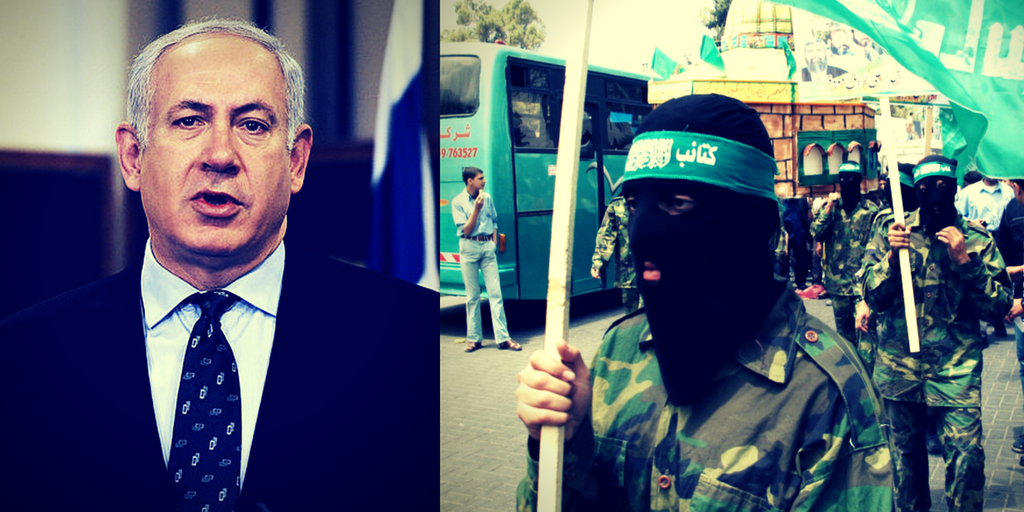Denying—or delaying—the inevitable does not make it any less inevitable, only more costly
To remain at peace when you should be going to war may be often very dangerous….Let us attack and subdue…that we may ourselves live safely for the future. – Thucydides (c. 460–395 BCE)
No government, if it regards war as inevitable, even if it does not want it, would be so foolish as to wait for the moment which is most convenient for the enemy .– Otto von Bismarck (1815–1890)
If you will not fight when your victory will be sure and not too costly, you may come to the moment when you will have to fight with all the odds against – Winston Churchill (1874-1965)
This week, Gaza was once again simmering on the brink of largescale military conflict, the fourth in just under a decade.
Yet, even as the specter of recurring tragedy looms ever closer, the discourse (even—indeed especially—in Israel) on how to avoid “another round of violence” remained mired in a rehashed potpourri of previously disproven formulae—which ranged from the patently puerile to the positively preposterous; and from the blatantly inane to the borderline insane.
They are all doomed to fail—just as they did in the past. Indeed, even if the current efforts to sustain the current fragile calm succeed, it is only a matter of time until the inherent volatility reasserts itself and erupts once again. And again. And again.
Misunderstanding Palestinian pathology
Last week, I referred to a 2016 article in “Commentary”, by Prof. Michael Mandelbaum, of Johns Hopkins University’s School of Advanced International Studies, entitled, The Peace Process is an Obstacle to Peace. In it, the author attributes the failure of the effort to resolve the Israeli-Palestinian conflict to“…an inadequate understanding of the pathology it attempted to cure…[Accordingly], it did not solve the problem it was intended to fix, and it sometimes made it substantially worse.”
This is precisely the syndrome that we are witnessing right now.
None of the prescribed remedies address effectively the underlying causes of the malaise, which are being mistakenly imputed, by misinterpreting its symptoms.
Worse! What we are seeing is more than a mere misdiagnosis. It is nothing less than an utter reversal of causality; a complete inversion of cause and effect.
This is particularly disturbing when it comes from within much of the Israeli leadership. For although, overall, there is little disagreement that Hamas, and its even more radical Islamist offshoots, are responsible for the current outburst of violence, the dominant theme advanced for restoring and maintaining calm is through the improvement of the humanitarian conditions in Gaza.
This is a grave error! For, it is—demonstrably—both untrue factually and detrimental strategically.
Indeed, to base any policy initiative on such a tenet would, to paraphrase Mandelbaum, reflect a hopelessly “inadequate understanding of Palestinian pathology”. Accordingly, it would “not solve the problem it was intended to fix”, but, in all likelihood, will make “it substantially worse.”
Complicit with the enemy
To attribute the hostility toward Israel to the dire humanitarian situation in Gaza plays directly into the hands of Israel’s detractors. Indeed, it is, in effect, to be complicit with the enemy—endorsing its mendacious and malevolent narrative.
After all, it necessarily implies that if only Israel would somehow initiate/facilitate an improvement in Gaza’s living conditions, the violence would subside. This not only reinforces the false claims that Palestinian terrorism is driven by Israeli-induced economic privation, but also that Israel bears the responsibility for such terror, which is, therefore, no more than an understandable reaction to hardship and despair, externally imposed by an alien power.
But this, as mentioned previously, is a malicious inversion of causality.
For, the penury in Gaza is not the cause of Arab enmity towards the Jewish state. Quite the opposite! It is Arab enmity towards the Jewish state that is the cause of penury in Gaza.
The current conditions in Gaza are the result of neither a lack of international humanitarian aid, nor of Israeli largesse. Gaza has enjoyed an abundance of both, only to squander them on efforts to harm Israel by diverting massive resources to the construction of a vast military infrastructure with which to assault the Jewish state.
Indeed, for anyone with even a smidgeon of familiarity with Israeli society and its basic impulses, must know that, had there been any genuine desire for peaceful coexistence with its Jewish neighbors, Gaza would have flourished. Israeli enterprise and expertise, which transformed Israel from a struggling agricultural-based country to a super-charged post-industrial powerhouse in a few decades, would have flooded into the enclave, providing opportunity and employment for its impoverished residents.
Gaza: “Cutting its nose to spite its face”
So, in effect, the only thing that the Gazans need to do to extricate themselves from their current predicament is…nothing! All they need to do is stop what they are doing now—attacking Israel. Indeed, the only thing that needs to happen for Gaza to thrive is for them to convincingly foreswear hostility and embrace peaceful coexistence with Israel.
But of course, that will not happen! For that is not in the nature of the Gazan populace, who overwhelmingly (70%) endorse a return to armed intifada and who prefer “armed resistance” by a factor of two to one over “nonviolent resistance” or “negotiations”.
Nothing could symbolize the Gazan’s willingness to “cut one’s nose to spite one’s face” better than the destruction of the hi-tech greenhouses left behind by the Jewish farmers in the 2005 Disengagement. Rather than operate them for their own benefit, a frenzied mob trampled them into mangled ruin the moment the IDF left the area.
It should therefore be clear that the priorities of the Gazan people, as a collective, are not to improve their socio-economic lot, but to inflict harm on the Jewish state, whose sovereign existence they obdurately refuse to accept—except as a temporary tactic to allow them to enhance their offensive capabilities to pursue a later endeavor to destroy it.
In this equation of enmity, resolving the conflict has nothing to do with what the Jewish state does (or does not do). It has everything to do with what the Palestinian-Arabs are—and what they are not!
Greatly enhanced military capabilities
Of course, the Gazans have shown considerable initiative, innovation and ingenuity—none of which has been directed towards developing socio-economic realities in the enclave.
If one surveys the enhancement of Gaza’s military capabilities since Israel withdrew in 2005, it is impressive indeed. In fact, had such progress been envisaged before the pullout, it is doubtful whether it would have been undertaken at all!
After all, back then, the most formidable weapon the terror organizations had at their disposal was a primitive rocket with a 5 kg explosive charge and 5 km range. Today, not only do they have an arsenal of missiles with a range of 100 km (possibly more) and a warhead of 100 kg (possibly more), but in December 2016, Hamas Political Bureau Member, Fathi Hammad, proudly informed Al Aksa TV: “If you look into the missile or weapon industries of developed countries, you will find that Gaza has become the leading manufacturer of missiles among Arab countries…”
To this must be added the huge investment in the maze of underground terror tunnels (the last one discovered reaching almost a kilometer into pre-1967 Israel), the development of naval forces and of drone capabilities.
Significantly, after each round of fighting, despite the heavy damage inflicted by the IDF, the Gazan-based terror groups have ypically emerged with vastly enhanced military capabilities and political standing.
Soon drones with biological/chemical payload??
They have shown that they can transform everyday children’s playthings, such as kites, into instruments of extensive destruction, and forced Israel to develop hugely expensive defenses (such as Iron-Dome interceptors) to deal will risibly cheap weapons of attack (such as mortar shells).
Indeed, it is hardly beyond the limits of plausibility that Israel might soon have to face incoming missiles with multiple warheads, which disperse just before being intercepted, greatly challenging its missile defense capabilities. Or the development of some kind of anti-aircraft capabilities that could restrict—or at least hamper—Israel’s present unlimited freedom of action over the skies of Gaza.
Or worse, will Israel have to contend with the specter of a swarm of drones, armed with biological or chemical payloads, directed at nearby Israeli communities—rendering the billion dollar anti-tunnel barrier entirely moot? For those who might dismiss this as implausible scaremongering – see here, here, and here.
Israel’s decade long policy of ceasing fire whenever the other side ceases fire has allowed Hamas, and its terror affiliates, to launch repeated rounds of aggression, determining not only when they are launched and when they end, but also largely controlling the cost incurred for such aggression –ensuring it remains within the range of the “acceptable”.
This is clearly a recipe of unending and escalating violence—and must be abandoned before it culminates in unintended, but inevitable, tragedy.
Over 180 cases of attempted murder
Earlier this week, over 180 rockets and mortar shells were launched at Israeli civilian targets in a 24 hours period.
Each one of those projectiles was intended to take the lives of innocent Israeli civilians. As such, each launch was a clear case of attempted murder—and Israel should relate to them with commensurate severity. Poor aim on the part of the would-be murderers can—and should—not be a mitigating factor. The fact that, fortunately, no Israeli lives were lost is hardly the point here. Indeed, in the case of a shell landing in a kindergarten, terrible tragedy was averted only by happenstance—and a few minutes.
Persisting with the same policy as in the past will produce precisely the same results it produced in the past: Continued attempts at mass murder!
After all, there is not a shred of evidence that the Palestinian-Arabs will morph into anything that they have not been for over a hundred years, nor that they are likely to do so within any foreseeable time horizon. Indeed, as time progresses, such an outcome seems increasingly remote.
Accordingly, any policy paradigm based on the assumption that, somehow, they can be coaxed or coerced into doing just that, is hopelessly fanciful and fraught with grave perils.
Gaza: The “simple” solution
To formulate an effective policy regarding Gaza, we need to understand the pathology of what we are attempting to address. The source of the conflict is the physical presence of a large, implacably hostile Arab population on Israel’s southern border. Simple logic therefore dictates that to remove the source of conflict, that hostile population must be removed.
Israel will not be able to indefinitely endure recurring bouts of fighting—whenever the enemy on the other side feels sufficiently bold to launch an attack or sufficiently desperate not to be able to refrain from one.
Accordingly, the solution for Gaza is not, and cannot be, its reconstruction, but its deconstruction and the generously funded humanitarian relocation and rehabilitation of the non-belligerent Gazans to third party countries, outside the “circle of violence”.
To achieve this, the IDF cannot content itself with periodic punitive sorties, followed by a limited interbellum, in which the enemy regroups, rearms and redeploys, ready for the next round. It must conquer the entire Gaza Strip, apprehend (otherwise dispose of) the current Gazan leadership, dismantle the current mechanism of governance and begin a vigorous program of incentivized emigration of the non-belligerent population.
This is the “simple” solution for Gaza—and the only durable one. Of course, to say that it is “simple” does not imply that it is “easy”. Indeed, the great difficulty it entails is rooted in its brutal simplicity of “Them or Us”.
Clearly, the fact that it is relatively easy to propose such a harsh policy prescription in the air-conditioned comfort of my study does not make it any less imperative or less inevitable.
After all, denying or delaying the inevitable does not make it any less inevitable, only more costly when it inevitably comes about.





